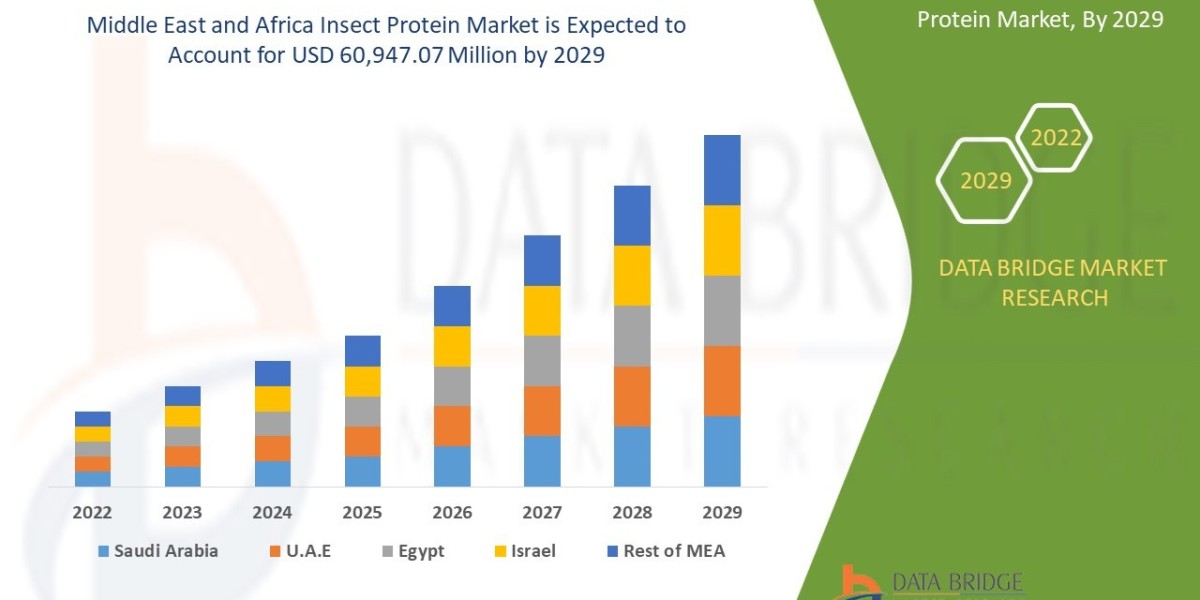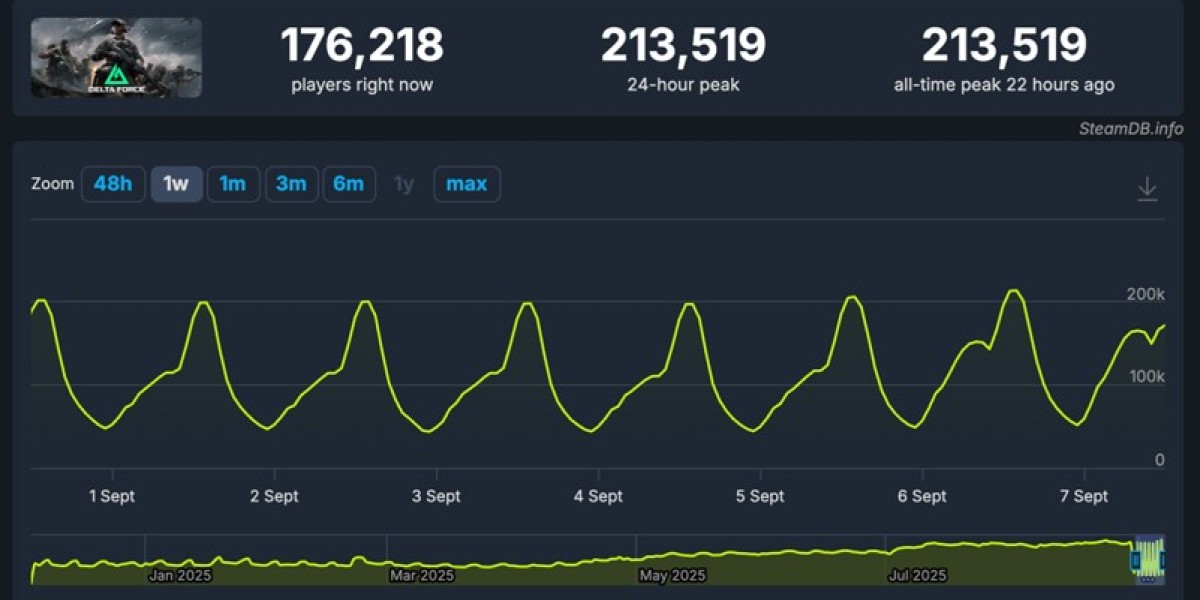Introduction
The insect protein market in the Middle East and Africa is emerging as a promising frontier within the global alternative protein industry. With rising concerns about food security, climate change, and sustainable agriculture, insect-based protein is gaining recognition as an eco-friendly, nutrient-rich, and cost-effective alternative to traditional animal and plant proteins. Rich in essential amino acids, healthy fats, vitamins, and minerals, insect protein has the potential to meet the dietary needs of both humans and animals while reducing the environmental footprint of protein production.
Globally, the alternative protein sector is seeing a surge in demand, and the Middle East and Africa are gradually embracing this trend due to growing populations, rapid urbanization, and government-led initiatives to enhance food sustainability. The insect protein market in this region is still at a nascent stage compared to Europe or North America, but the growth potential is significant.
This report examines the Middle East and Africa insect protein market in detail, analyzing its current landscape, growth drivers, restraints, segmentation, competitive dynamics, and future outlook. The findings provide valuable insights for industry players, policymakers, investors, and stakeholders seeking to understand and leverage opportunities in this rapidly evolving market.
Source - https://www.databridgemarketresearch.com/reports/middle-east-and-africa-insect-protein-market
Market Overview
The Middle East and Africa insect protein market refers to the production, processing, and distribution of protein derived from insects such as crickets, black soldier flies, mealworms, and grasshoppers. These insects are processed into powder, oil, or whole-dried forms, which are then incorporated into food products, animal feed, aquaculture diets, and fertilizers.
Historically, insect consumption (entomophagy) has been part of traditional diets in many African cultures, where insects like locusts and caterpillars are considered delicacies or seasonal protein sources. In contrast, the Middle East has seen less cultural integration of insect consumption, but the region is increasingly exploring insects as a sustainable feed ingredient for livestock and aquaculture industries.
Today, the market is characterized by small-scale startups, research initiatives, and pilot projects, but commercial adoption is gaining momentum. Rising demand for high-quality protein, coupled with government focus on food security and agricultural innovation, is creating a fertile environment for insect protein businesses. Although the sector is still developing, projections suggest strong growth over the next decade, supported by rising investment, regulatory evolution, and technological advancements.
Market Drivers and Opportunities
A key driver of the insect protein market in the Middle East and Africa is the region’s food security challenge. Rapid population growth, limited arable land, and water scarcity make sustainable protein sources a top priority. Insect farming requires minimal land, water, and feed inputs compared to livestock, making it highly suitable for the region’s environmental conditions.
The rising demand for animal feed and aquaculture is another major growth factor. Poultry and fish farming are expanding rapidly across Africa and parts of the Middle East, creating strong demand for cost-effective protein feed. Insect protein, particularly from black soldier fly larvae, is increasingly seen as a sustainable alternative to fishmeal and soy protein.
Consumer interest in alternative proteins is also expanding. Health-conscious consumers, particularly in urban areas, are becoming more open to insect-based snacks, protein powders, and energy bars. Governments and NGOs are promoting insects as part of food diversification programs to combat malnutrition, further boosting acceptance.
Future opportunities lie in technological innovation and product diversification. Companies investing in automated insect farming systems, waste-to-protein conversion technologies, and value-added insect-based products will likely capture significant market share. Furthermore, partnerships between startups, governments, and multinational feed companies present a pathway for scaling operations and building resilient supply chains.
Market Challenges and Restraints
Despite the potential, the Middle East and Africa insect protein market faces several challenges. Cultural acceptance is one of the most significant barriers, especially in Middle Eastern countries where insect consumption is not traditionally part of the diet. Consumer education and innovative product marketing will be crucial to overcoming this hurdle.
Regulatory uncertainty also presents a challenge. While some African nations are beginning to establish frameworks for insect farming and trade, many markets still lack clear policies. This creates difficulties for businesses in gaining approvals, ensuring safety compliance, and building consumer trust.
Supply chain limitations remain a restraint. The insect protein industry requires specialized infrastructure, including farming facilities, processing plants, and distribution networks. Many regions in Africa and the Middle East lack these capabilities at scale, leading to higher costs and limited production capacity.
Additionally, competition from established protein sources such as fishmeal and soy continues to pose a challenge. Although insect protein is more sustainable, it is not yet cost-competitive in many cases. Without economies of scale, insect protein may struggle to gain widespread adoption in price-sensitive markets.
Market Segmentation Analysis
The Middle East and Africa insect protein market can be segmented by product type, end-use application, distribution channel, and regional insights.
By product type, insect protein powders dominate the segment, particularly for use in dietary supplements, energy bars, and baked goods. Insect oil is gaining traction in animal feed and cosmetic applications, while whole-dried insects remain popular in traditional African diets and as specialty snacks.
By end-use application, animal feed and aquaculture represent the largest segment, driven by rising demand for cost-effective, high-protein ingredients. Human nutrition is a growing category, with insect protein being incorporated into sports nutrition products and fortified foods. Fertilizer applications are also emerging, as insect frass (byproduct) serves as a sustainable organic soil enhancer.
Distribution channels are divided between offline and online sales. Offline channels, such as supermarkets, specialty stores, and feed suppliers, currently dominate. However, e-commerce platforms are rapidly expanding in urban centers, offering a wide range of insect-based snacks, powders, and supplements.
Regionally, Sub-Saharan Africa shows the most significant adoption due to cultural familiarity with insect consumption and a pressing need for affordable protein sources. South Africa, Kenya, and Nigeria are leading hubs for insect farming startups. In the Middle East, adoption is slower on the consumer side but is growing in feed and aquaculture industries, particularly in Gulf countries that rely heavily on food imports and seek sustainable alternatives.
Competitive Landscape
The competitive landscape of the Middle East and Africa insect protein market is still developing, characterized by a mix of startups, research organizations, and international collaborations. Many local startups are focusing on black soldier fly farming to produce feed-grade protein and oils, while others are experimenting with cricket-based powders for human consumption.
Partnerships and collaborations are key strategies among industry players. Startups are working with universities, NGOs, and agricultural ministries to build credibility and expand production capacity. International companies specializing in insect protein are also entering the market through joint ventures and partnerships, bringing expertise and investment.
Innovation remains a central competitive strategy. Companies are experimenting with automated farming systems, AI-driven monitoring of insect colonies, and circular economy models that convert organic waste into insect protein. Branding and consumer education campaigns are equally important, especially for human nutrition products, as companies seek to normalize insect-based foods in mainstream markets.
Overall, the competitive environment is dynamic, with players focusing on scalability, cost reduction, and building consumer trust through transparency and sustainability claims.
Future Outlook and Trends
Over the next five to ten years, the Middle East and Africa insect protein market is expected to expand significantly, driven by sustainability imperatives, technological advancements, and growing acceptance of alternative proteins.
In the animal feed sector, insect protein will gain prominence as a replacement for fishmeal, particularly in aquaculture and poultry industries. Rising investment in large-scale insect farming facilities will make production more cost-efficient and help address feed shortages.
For human nutrition, urban consumers and health-conscious demographics will increasingly adopt insect-based snacks, protein powders, and fortified foods. Continued education and creative marketing will play a pivotal role in mainstreaming insect protein.
Technological disruptions will accelerate growth. Automated rearing systems, AI-driven quality control, and blockchain-enabled traceability will enhance efficiency, reduce costs, and build consumer confidence. The use of insect byproducts in fertilizers and bio-based materials will open additional revenue streams.
Geographically, Sub-Saharan Africa will remain the growth engine due to cultural acceptance and government support, while Middle Eastern markets will gain traction in aquaculture and sustainable feed. Over the long term, the region could become a significant global player in insect protein exports.
Conclusion
The Middle East and Africa insect protein market holds immense promise as a sustainable solution to the region’s food security and environmental challenges. With applications spanning animal feed, human nutrition, and industrial uses, insect protein is emerging as a versatile and eco-friendly alternative to traditional protein sources.
While barriers such as cultural acceptance, regulatory uncertainty, and cost competitiveness remain, the sector is well-positioned for growth. Investments in technology, partnerships, and consumer education will be key to unlocking its potential.
Looking ahead, the insect protein market in the Middle East and Africa is expected to transform into a mainstream industry, contributing to regional food security, sustainability, and economic development.
Frequently Asked Questions
What is the current size of the Middle East and Africa insect protein market?
The market is still in its early stages but is expanding steadily, driven by demand for sustainable protein sources. It is expected to grow significantly as investments increase and regulatory frameworks evolve.
What are the key drivers influencing growth in this market?
Key drivers include food security challenges, demand for sustainable animal feed, rising consumer interest in alternative proteins, and the environmental benefits of insect farming.
Which regions dominate the insect protein market in the Middle East and Africa?
Sub-Saharan Africa leads the market due to cultural familiarity and established insect consumption traditions. In the Middle East, demand is concentrated in aquaculture and animal feed industries, with growth expected in Gulf countries.
Who are the major players in the industry?
The market features a mix of local startups, research institutions, and international companies entering through partnerships. Many are focused on black soldier fly farming for feed, while others target cricket-based protein for human nutrition.
What are the latest trends shaping the future of this market?
Trends include the rise of automated insect farming technologies, circular economy models that recycle waste into protein, growth in online sales channels, and the expansion of insect-based products in sports nutrition and functional foods.
What challenges could slow down growth in this sector?
Challenges include cultural resistance to insect consumption in certain markets, lack of clear regulatory frameworks, high production costs, and competition from established protein sources like soy and fishmeal.
How can businesses benefit from investing in the insect protein market?
Businesses can capitalize on opportunities by investing in scalable insect farming technologies, targeting animal feed markets, and developing innovative insect-based food products. Collaborations with governments and NGOs can also help in building credibility and expanding market reach.
Browse More Reports:
Global Urticaria Market
Global UV Adhesive Market
Global Varicose Vein Treatment Market
Global Veneer Sheets Market
Global Windows and Doors Market
Europe Alcoholic Beverages Market
Asia-Pacific Alopecia Treatment (Hair Loss) Market
Middle East and Africa Alopecia Treatment (Hair Loss) Market
Thailand Business Process Outsourcing (BPO) Market
Europe Corrugated Board Packaging Market
Asia-Pacific Essential Oils Market
U.S. Fleet Management Market
North America Fleet Management Market
Middle East and Africa Helium-3 Market
Europe Hemodialysis and Peritoneal Dialysis Market
Europe Industrial Metrology Market
Middle East and Africa Industrial Metrology Market
Europe Insect Protein Market
Asia-Pacific Insect Protein Market
Middle East and Africa Insect Protein Market
About Data Bridge Market Research:
An absolute way to forecast what the future holds is to comprehend the trend today!
Data Bridge Market Research set forth itself as an unconventional and neoteric market research and consulting firm with an unparalleled level of resilience and integrated approaches. We are determined to unearth the best market opportunities and foster efficient information for your business to thrive in the market. Data Bridge endeavors to provide appropriate solutions to the complex business challenges and initiates an effortless decision-making process. Data Bridge is an aftermath of sheer wisdom and experience which was formulated and framed in the year 2015 in Pune.
Contact Us:
Data Bridge Market Research
US: +1 614 591 3140
UK: +44 845 154 9652
APAC : +653 1251 975
Email:- corporatesales@databridgemarketresearch.com








